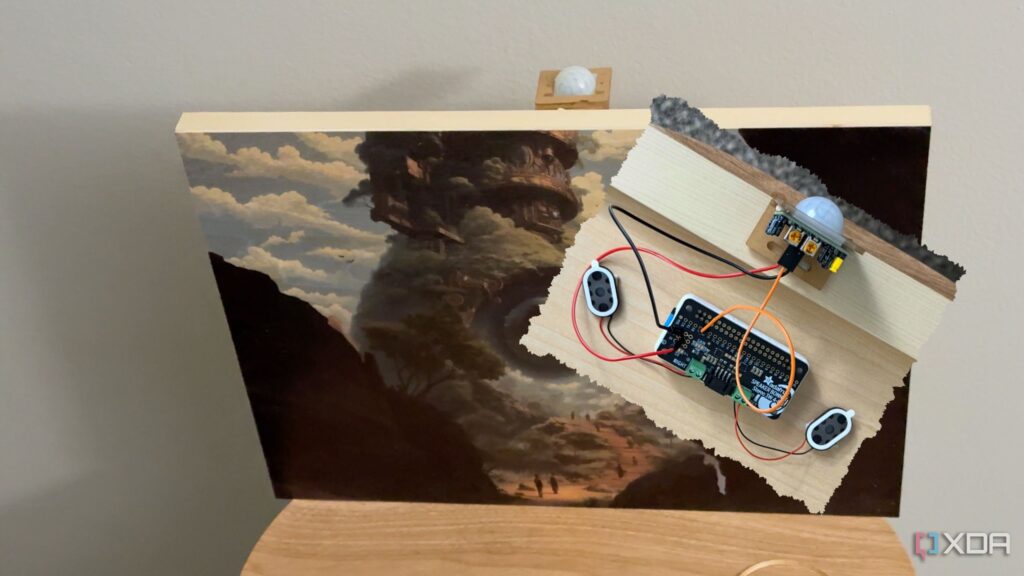
UPDATE: New insights reveal critical considerations for those embarking on their first Raspberry Pi project. As excitement builds, many newcomers face unexpected challenges that can derail their efforts. Here’s what you need to know RIGHT NOW to ensure your project runs smoothly.
Starting a Raspberry Pi project is thrilling, but it often comes with surprising hurdles that tutorials fail to address. While guidance typically covers wiring and software setup, the hands-on experience can prove daunting. Understanding hardware requirements, storage options, costs, and troubleshooting strategies in advance can save you immense frustration.
Power supplies matter more than you think. One of the most common pitfalls for new Raspberry Pi users is power instability. Not every USB-C or micro-USB adapter can deliver the required steady current. Using an inadequate power supply can lead to random reboots, sluggish performance, and even corrupted files. Many beginners are unaware of how sensitive the Raspberry Pi is until they encounter issues that are tough to trace. Official power adapters from the Raspberry Pi team are generally the safest choice, providing both the necessary amps and volts.
As you explore various projects, remember that power requirements vary significantly. A Raspberry Pi acting as a headless Pi-hole server will have different demands than one running a media center with external drives. For those creating portable projects with displays, planning for battery capacity is crucial. Addressing these power supply details early can prevent instability later on.
Storage cards aren’t all created equal. While tutorials often suggest grabbing any microSD card, they seldom emphasize the importance of quality. Cheap or counterfeit cards can lead to frustratingly slow performance or even crashes. The difference between a basic card and a high-endurance option is especially noticeable on a Raspberry Pi. Higher-endurance cards, designed for constant read and write cycles, are better suited for projects that require reliable data logging or streaming media.
For users tackling demanding tasks, consider investing in an external SSD or NVMe drive—if your Raspberry Pi model supports it. The additional cost can significantly enhance system responsiveness and reliability. Many users discover that moving away from microSD cards is a necessary step to avoid repeated corruption issues.
Peripherals add up faster than expected. The initial cost of a Raspberry Pi board can be deceivingly low, but the necessary extras quickly inflate the budget. Expect to purchase a case, heatsinks or fans, a quality power supply, and input devices for direct interaction. As projects become more complex—like retro gaming or robotics—the list of required accessories grows significantly. Some components may only be available from niche suppliers, leading to higher costs and longer shipping times.
Many newcomers find that their “$35 computer” ultimately costs closer to $100 or more once all essentials are accounted for. However, the good news is that once you acquire some basics, they can be reused across multiple projects, making the investment worthwhile in the long run.
Troubleshooting is a regular part of the process. Community tutorials often assume perfect conditions, leaving new users unprepared for the inevitable errors and quirks. Many enthusiasts spend considerable time experimenting to achieve stability, so accepting this reality can shift your perspective. Learning to check log files, compare error messages, and seek help through forums is essential.
The Raspberry Pi community offers robust support for troubleshooting. By asking clear questions and sharing your attempts, you can often find quick and helpful answers. Many newcomers eventually transition into mentors themselves, reinforcing their own knowledge.
The first Raspberry Pi project can be more challenging than anticipated. Power, storage, costs, and troubleshooting are all critical factors that demand attention. By understanding these elements and setting realistic expectations, you can turn the Raspberry Pi into an exciting platform for your creative ideas—rather than a source of frustration.
Stay tuned for more updates and tips as the community continues to grow and evolve. Embrace the learning process, and transform your Raspberry Pi experience into something truly rewarding!





